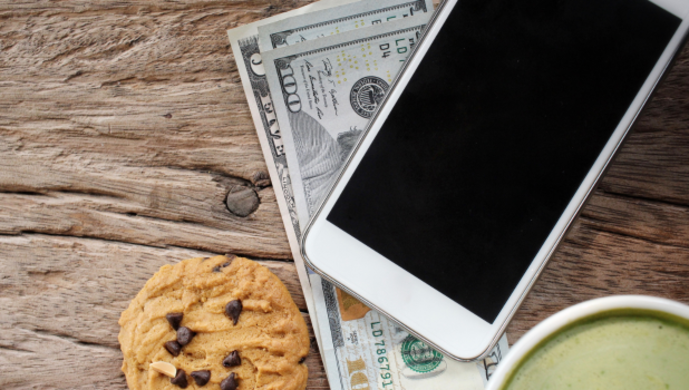The word “logo” comes from “logotype,” which means “writing that talks.” What term would be any more fitting to refer to the skillful mixture of color, typography, and design used to convey energy, innovativeness, or even nostalgia? A company’s logo is the most forceful component of its visual identity, so it is hardly surprising that companies are constantly striving to perfect their logos and adapt them to the times. Bruno Kocher explains, “A logo is usually created at the same time as a brand or company. That means the Michelin Man is 110 years old, and, like a person, he is old!” New graphic and color trends may suddenly cause a logo to appear outdated, and brand image may consequently suffer. In such circumstances, the logo is an element of a brand’s visual identity that can be changed. “As a rule, you don’t change a brand name. Andersen Consulting’s change to Accenture is a rare exception.” What impact does the logo really have when it comes to revitalizing a brand? Bruno Kocher and co-researchers Brigitte Müller and Antoin Crettaz explored this question.
Gradual change vs. radical makeover
When it comes to rebranding, popular opinion says to change gradually to avoid scaring current customers away. However, Kocher and his colleagues did not find any studies on this subject, and they hypothesize that radical — rather than gradual — change would attract the most attention and thus provide a brand with a more powerful boost. To test this idea, they presented a student panel with four sets of “before” and “after” logos. Two of the logo updates were simple makeovers (i.e., the Apple apple went from colored to grey) while the other two (Visa and the Windows’ flying window) involved major redesigning. The study showed that new logos were generally considered more modern, proving that a logo change is indeed an effective means of rejuvenation. “However, the significance of the degree of change to the logo was unclear, partly because the impact of this factor also depends on product type,” says Kocher. Not to mention the importance of other variables that influence perceived brand modernity, like marketing strategy and product innovativeness.
Aesthetics and familiarity
The second part of the study examines the factors that influence consumer perceptions of logos, which, in turn, influences brand loyalty and, by extension, market share. Findings here were quite clear: a complexity of logo design and its relevance to the brand message did not have significant effects. In contrast, the aesthetics and familiarity of a logo accounted for up to 69%of the positive perception of logos by consumers. How can you make a logo more attractive? In terms of aesthetics, carefully select not only the colors but also the characters that represent the brand. For example, the American cereal brand Kellogg’s has gradually enhanced Tony the Tiger’s muscles to conform to today’s standards of physical beauty and to counter associations with obesity! Familiarity is also decisive: consumers must be able to recognize your brand among all the others on supermarket shelves. “The challenge for a brand is to appear distinctive while also being a perfect example of all the products in its group,” Kocher explains. “Every product category has aesthetic conventions (for example, black and gold for luxury products) that, when crossed, can easily create confusion among brands.”
A costly gamble
Finding a way to stand out from the crowd is not the only challenge facing brands looking to rejuvenate their logo. Indeed, for a large company, changing the logo is a costly endeavor. In addition to the cost of the redesign itself, which can amount to hundreds of thousands of euros, consider the need to implement the changes everywhere the logo appears: “business cards, letterhead, transportation tarps, store signs, headquarters, etc.” lists Kocher. “This means considerable spending on both materials and logistics.” Furthermore, the fact that logo revision is infrequent makes the process all the more complex, because few managers have experience with it. All in all, it may be better strategically for a company to let a brand die a natural death, or to simply keep its old-fashioned look, call it “vintage,” and play up its nostalgic connotation.










